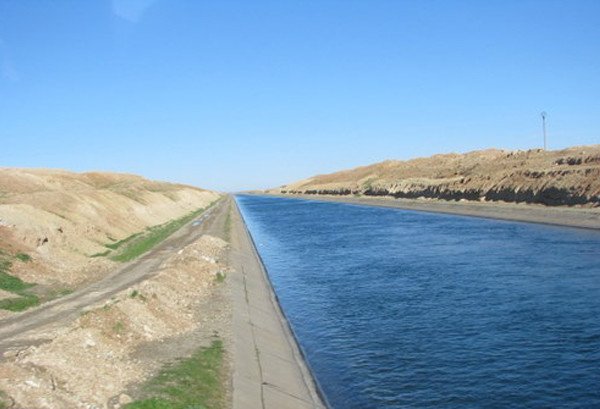SUMMARY
Water shortages on their own do not cause conflict but have clearly been a factor in the emergence of Syria’s civil war. Changing climate conditions, increasing water scarcity and the failure of the government to respond drove much of the migration from rural areas to cities. It also contributed to rural communities’ general dissatisfaction with the government that underlies the conflict. Syria’s government adopted a number of policies from 2000 onwards which favoured services and tourism, and neglected agriculture, one of Syria’s most important traditional economic sectors. The shift in economic thinking, combined with the government’s mismanagement and inefficiency, worsened the impact of drought on rural communities, leading to massive movements to cities at a time when they were already over-stretched.
Before peaceful demonstrations that preceded the civil war, Syria was in the midst of one of its worst recorded droughts. From 2006 to 2010, water shortages caused serious declines in agricultural output across the country. Average rainfall during those four years was the lowest recorded in more than a century. With only a tenth of cultivated land under irrigation, the country is highly dependent on rainfall. It is also highly dependent on agriculture for employment, with around 20 per cent of the population working on farms or food processing.
From 2006 up to the start of the protests in early 2011, an estimated 1.5 million rural residents migrated to cities, mostly to Damascus, Daraa, Homs and Aleppo. By 2010, 160 villages in the countryside around Aleppo had been almost abandoned. This enormous migration had a major impact on the conflict’s development and will have serious ramifications for any eventual reconstruction.
Although any government would have been hard pressed to handle a drought that reduced rural incomes so severely, the Syrian government did a particularly poor job responding to the problems. Agricultural support had declined since 2004, with the government reducing extension services and other backing for rural constituencies. Its supposed turn towards a free market – actually a focus on crony capitalism in major cities – led it to neglect agriculture. Longer-term failures to invest in irrigation and new markets as well as subsidies that did little to help rural development contributed to the weakening of rural economies and mass migration to cities. The government paid almost no attention to those moving to cities, who were often forced into marginal areas with few jobs. This rapid urbanization followed shortly after the arrival of more than a million Iraqi refugees who fled the 2003 U.S. occupation.
The longer-term lessons are clear:
• Urban reconstruction will have to account for the likelihood that once people move to cities, they rarely return to the countryside. Urban populations, depleted in Aleppo by the conflict, may rise significantly when the war ends.
• Reconstruction will have to recognize that Syria is likely to face a permanent state of absolute water shortage due to climate change and low drought resilience.
• Rebuilding agricultural services and connections between cities and their agricultural hinterlands must be an essential part of reconstruction.
• Syrian agriculture will need to move towards more effective irrigation and reduce water use.
To download the full report, please click one of the following:
Drought in Syria (High Quality, 6.2 MB)
Drought in Syria (Low Quality, 1.6 MB)
 The Aleppo Project
The Aleppo Project